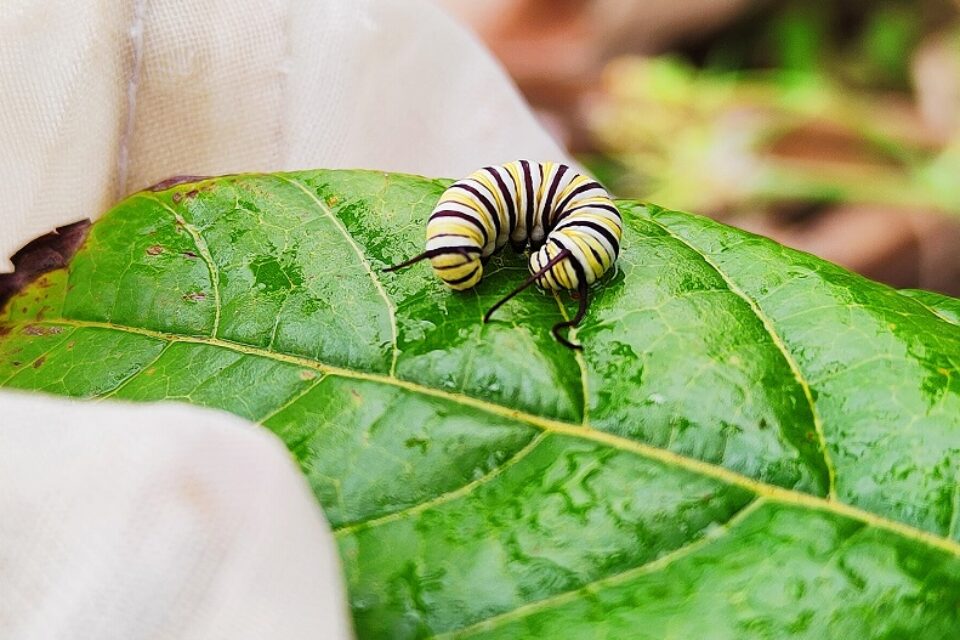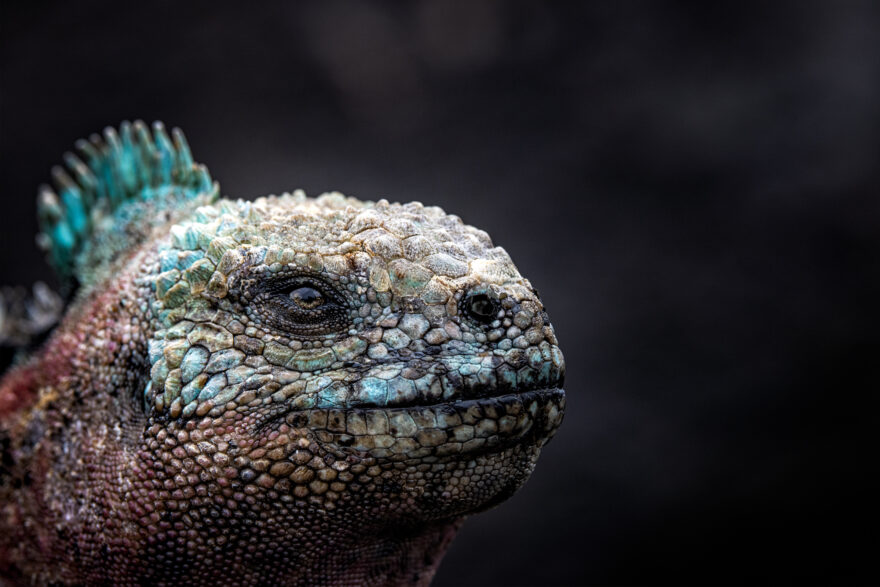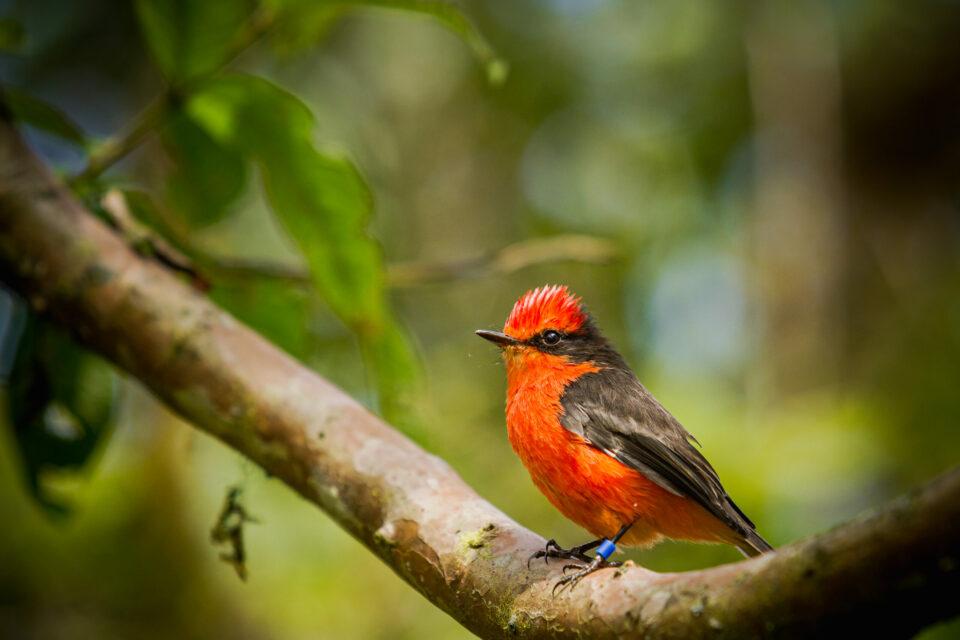

A Network to catch Marine Invasive Species
The Galapagos Islands are under threat from marine invasive species. Scientists at the Charles Darwin Foundation, together with their collaborators, are developing protocols for the prevention, detection, and management of marine invasive species in the Galapagos Marine Reserve (GMR).
The Galapagos Islands are under threat from marine invasive species, which is due to the connectivity that exists with the increase in tourism, associated marine traffic, and the effect of extreme climatic events such as El Niño. Scientists at the Charles Darwin Foundation, together with their collaborators, are developing protocols for the prevention, detection, and management of marine invasive species in the Galapagos Marine Reserve (GMR).
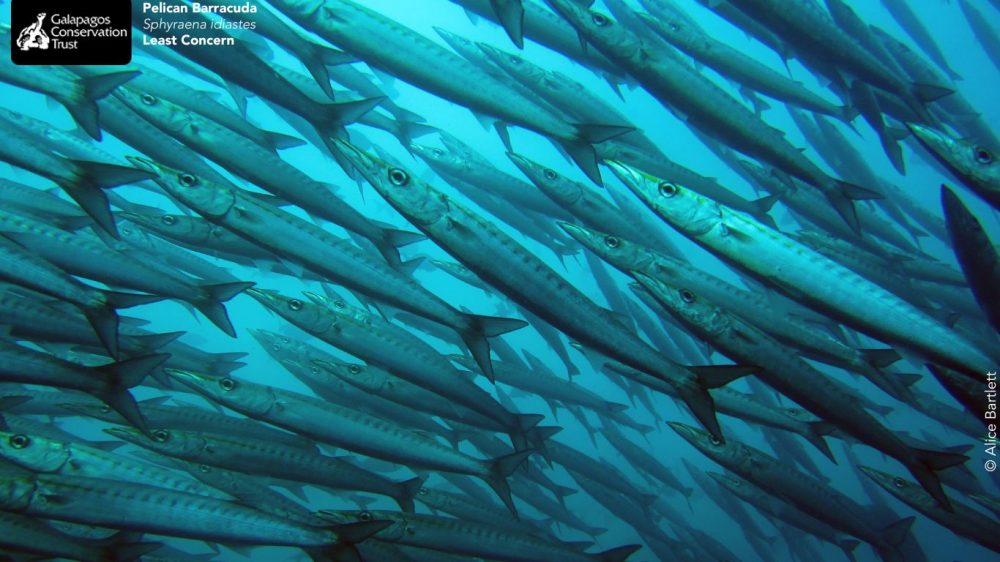
Why are invasive species a threat?
Invasive threats occur when species are transported from one region to another and become established in the new environment. These undesired guests compete for space and can displace and harm the populations of native species
Marine invasive species can threaten biological diversity and can have significant impacts to coastal communities. They impact both biodiversity and society; affecting ecosystem services such as fisheries and ecotourism.
No place is immune to invasions. Recent research has identified at least 53 alien marine animals in the Galapagos Marine Reserve, a figure that is more than ten times greater than previous estimates.
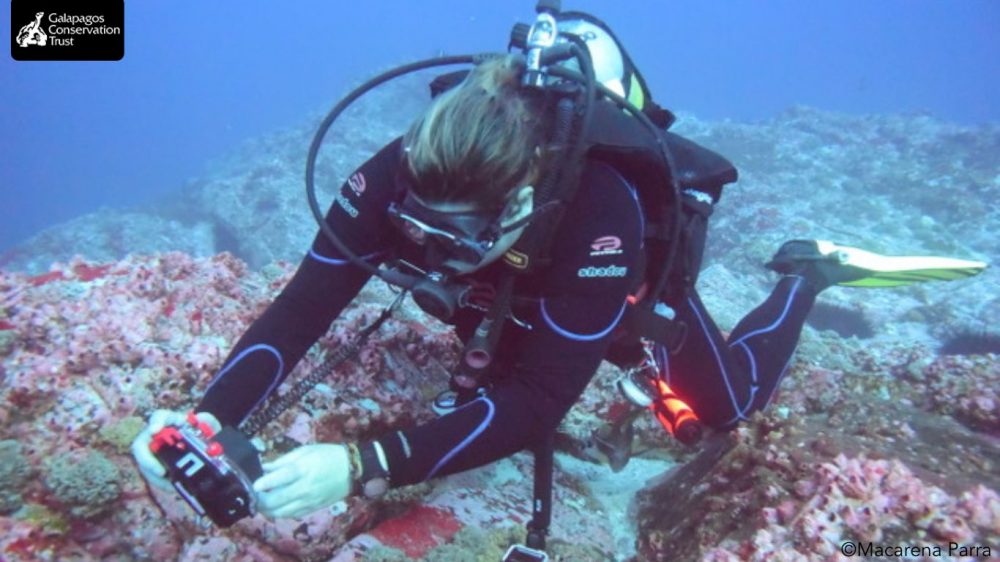
How do invasive species move to different places?
Invasive species can be transported from one place to another through a variety of means. Some of the main causes of introduction include: shipping vessels, aquaculture, fishing, recreation and other human activities.
These mechanisms are key to reducing the occurrence of such invasions. In most Marine Protected Areas (MPAs), however, the fundamental means of biosecurity – the systems required to prevent, detect and then respond to new invasions – are not always in place. As a result, the door is still open for new marine invasions in most regions.
What we can do
Through an exchange of information and knowledge amongst practitioners across the Eastern Pacific, and by creating a network of science and management professionals, we aim to address the critical emerging biosecurity challenges for the conservation and preservation of marine resources in Galapagos that are also shared around all of the Pacific. This system will allow the improvement of the management of the MPAs as it incorporates an early-warning system that will allow us to respond rapidly to emerging threats.
Finally, we will be expanding public engagement and outreach, especially through citizen science, to increase our ability to detect and respond to biosecurity threats before they can impact the marine ecosystem.

This article originally featured in our Spring/Summer 2022 edition of Galapagos Matters.
How you can help
Without scientific research to guide our conservation efforts, attempts to protect the amazing wildlife of Galapagos could fail and result in species becoming extinct. With your help, we can continue to support vital research for the control of invasive species.
To find out more about what we’re doing to address invasive species in Galapagos, and how you can help, visit our blog for project updates, become a member, or make a donation to support this vital work.
Related articles

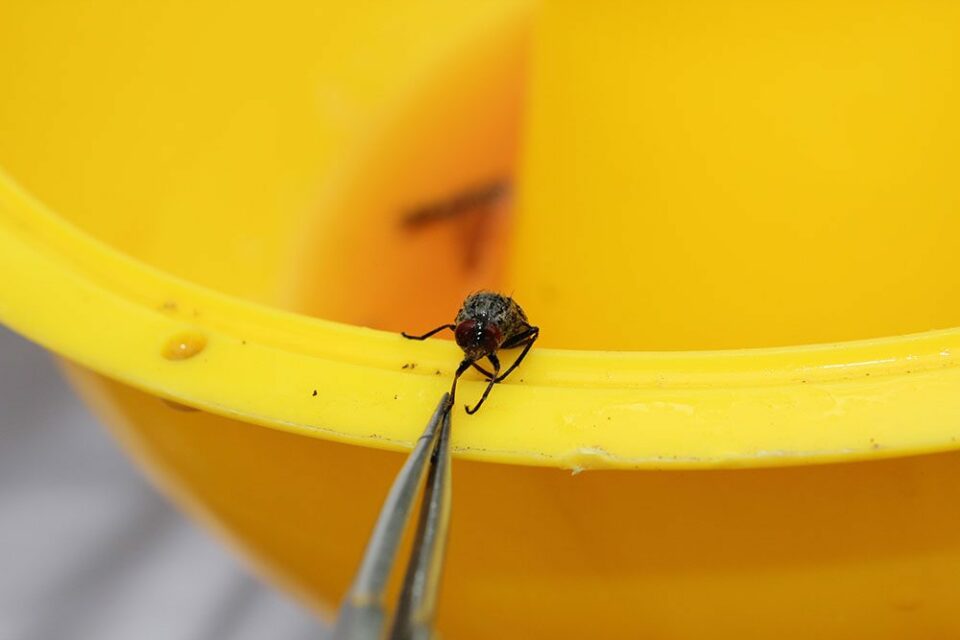
How do we solve the problem of invasive species in Galapagos?
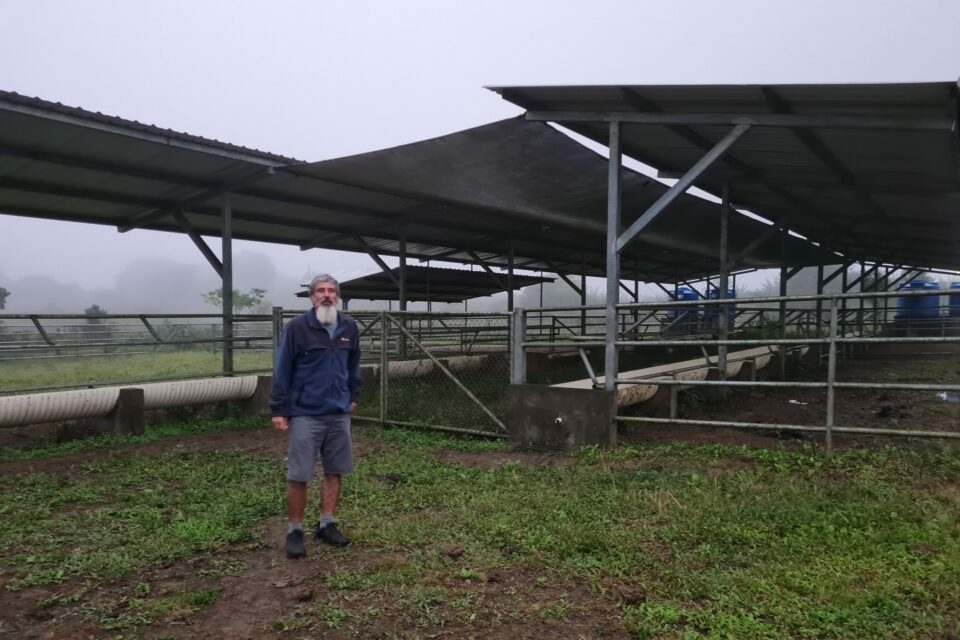
Restoring Floreana: A local perspective
